Latest video with three coils controlled via midi:
Known bugs (V1.5)
- Missing pulldown for gatedriver input of the flyback converter. This can cause problems when in DFU mode as the mosfet might switch on permanently, shorting VUSB
- Missing input decoupling capacitors underneath the LMG5200. Adding additional high-quality 100pF and 100nF ceramic capacitors on the bottom of the pcb improves performance drastically
- Unknown problem causes GaN module to fail when touching the arcs with the finger or a screwdriver. The reason for this is unknown so far. Maybe EMI, maybe bad layout. Just don't touch the arcs for too long for now. Discharges to air work reliably.
Ideas for V1.6 (or V2.0?)
- 4 layer design to improve the ground return loop
- connect the button to both BOOT0 and a GPIO so no additional jumper for initial flashing is required
- primary current feedback for overcurrent protection and feedback with less propagation delay for better zero current switching, using phase lead compensation
- physical MIDI input & output jacks
 Lucy Fauth
Lucy Fauth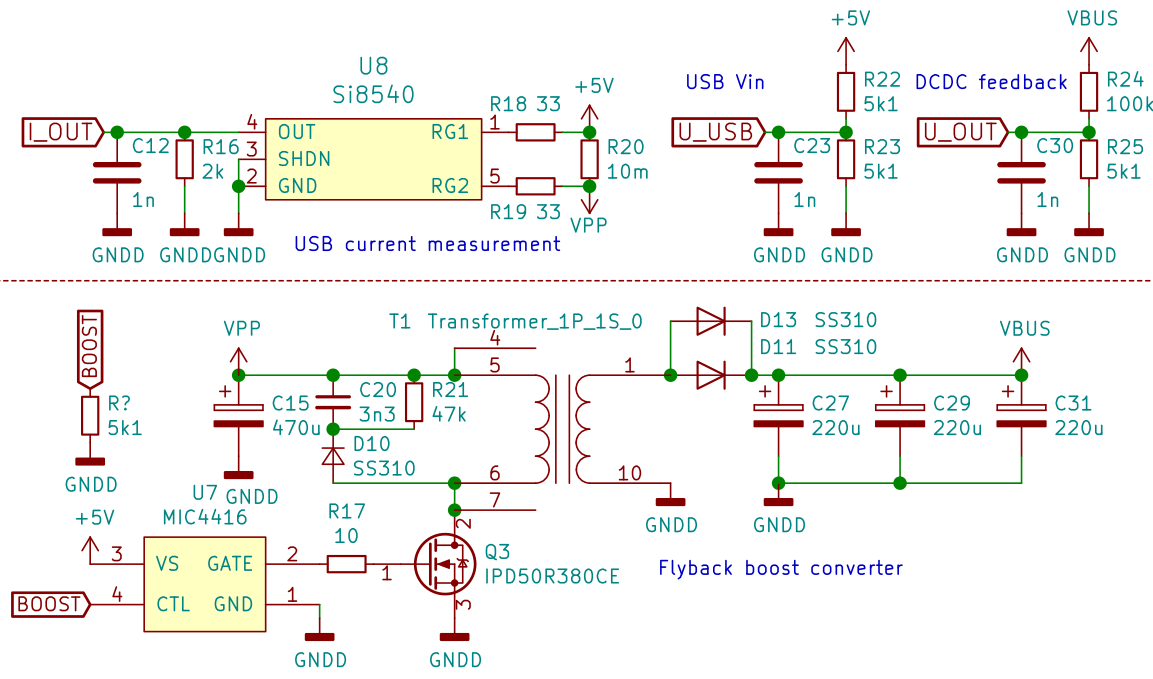 The flyback
converter steps up the 5V input voltage to 40-50V for the GaN
full-bridge. As the turn ratio of the tesla coil already is at a max
(you can’t have less than one primary winding ;) the only way to
get higher output voltages is a higher input voltage. A flyback
converter doesn’t work like a traditional transformer, it it much
more comparable to a boost converter: The transformer acts as a
coupled inductor that stores magnetic energy in the air gap.
Independently of the turn ratio, output voltage can reach
(theoretically) indefinitely high output voltages. The only
difference is that with a well-chosen turn ratio, efficiency can be
improved a lot compared to a simply boost topology.
The flyback
converter steps up the 5V input voltage to 40-50V for the GaN
full-bridge. As the turn ratio of the tesla coil already is at a max
(you can’t have less than one primary winding ;) the only way to
get higher output voltages is a higher input voltage. A flyback
converter doesn’t work like a traditional transformer, it it much
more comparable to a boost converter: The transformer acts as a
coupled inductor that stores magnetic energy in the air gap.
Independently of the turn ratio, output voltage can reach
(theoretically) indefinitely high output voltages. The only
difference is that with a well-chosen turn ratio, efficiency can be
improved a lot compared to a simply boost topology. 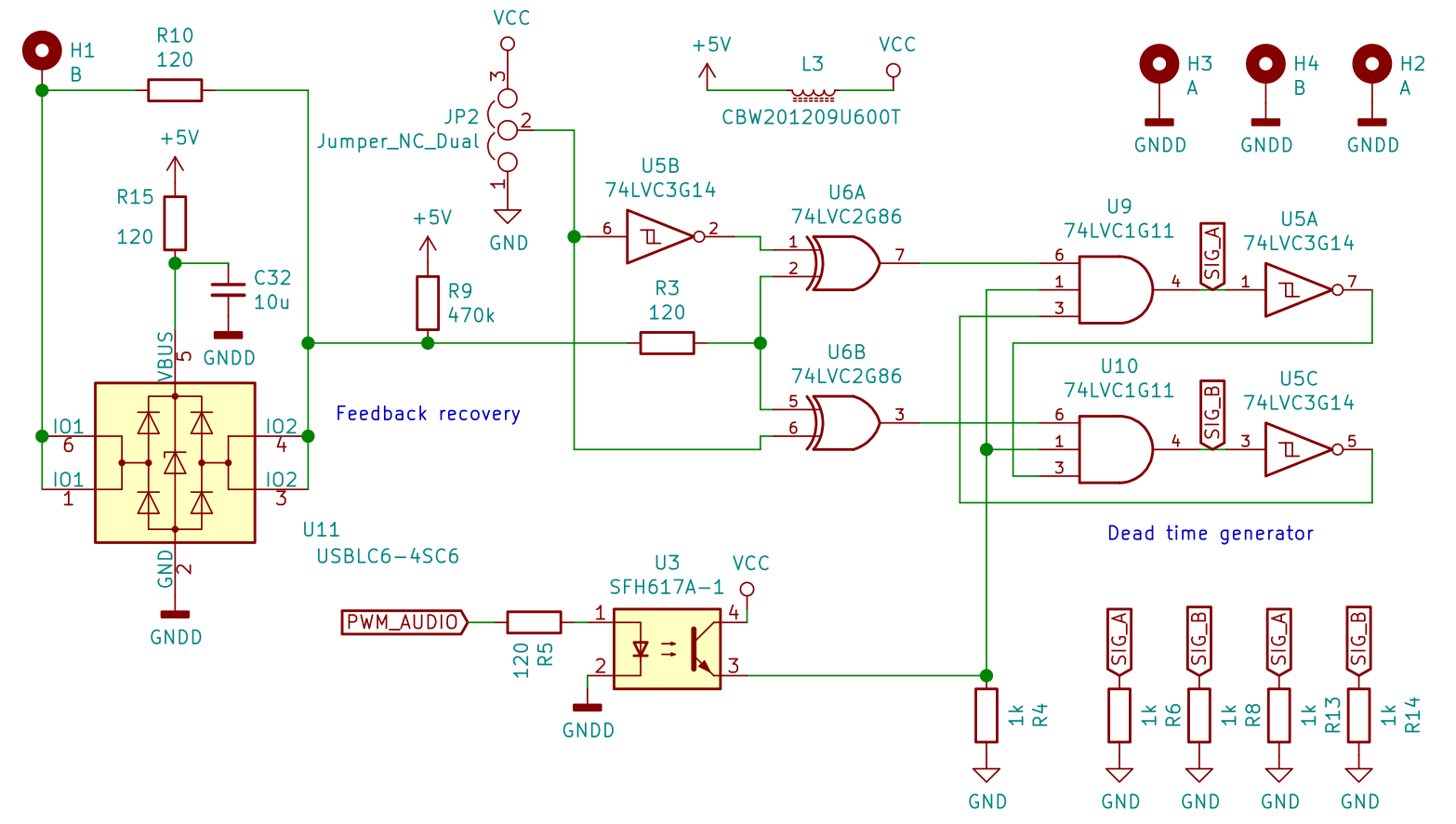
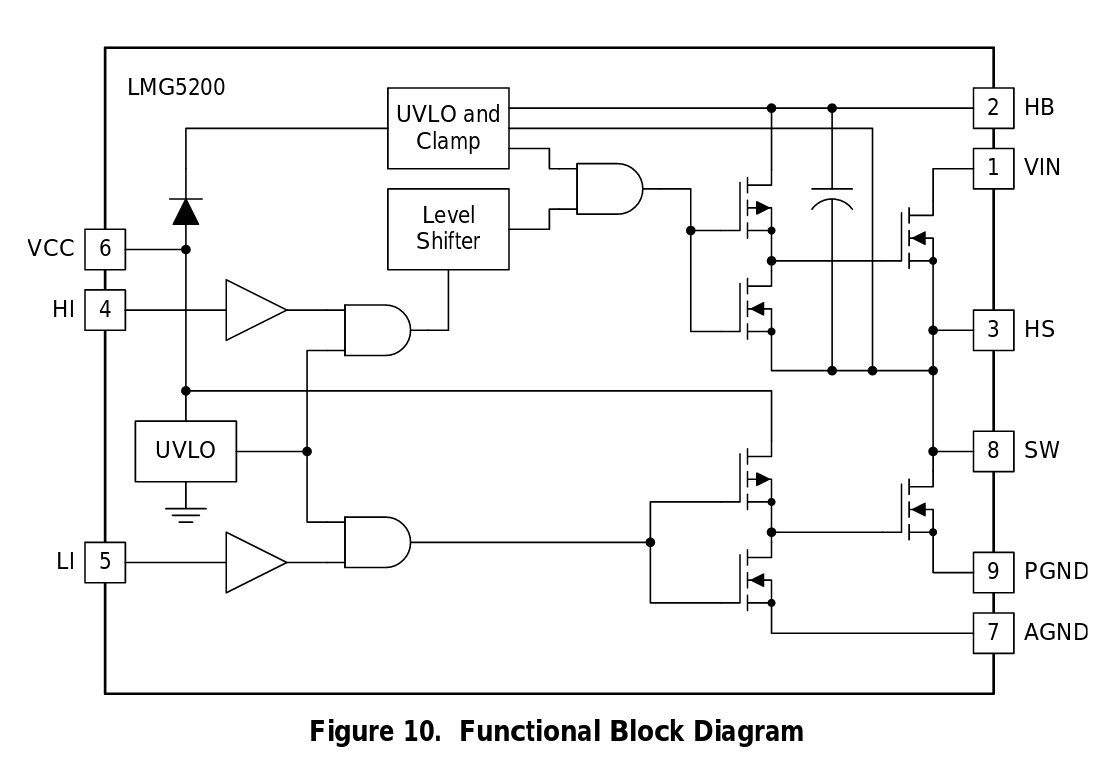
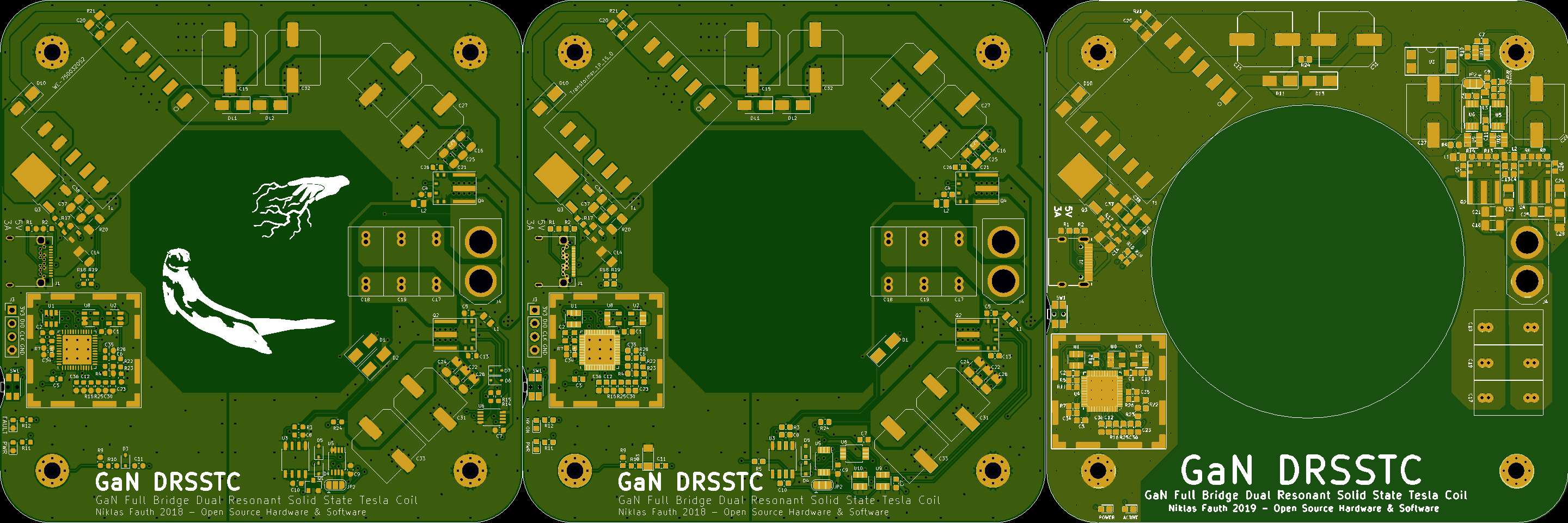
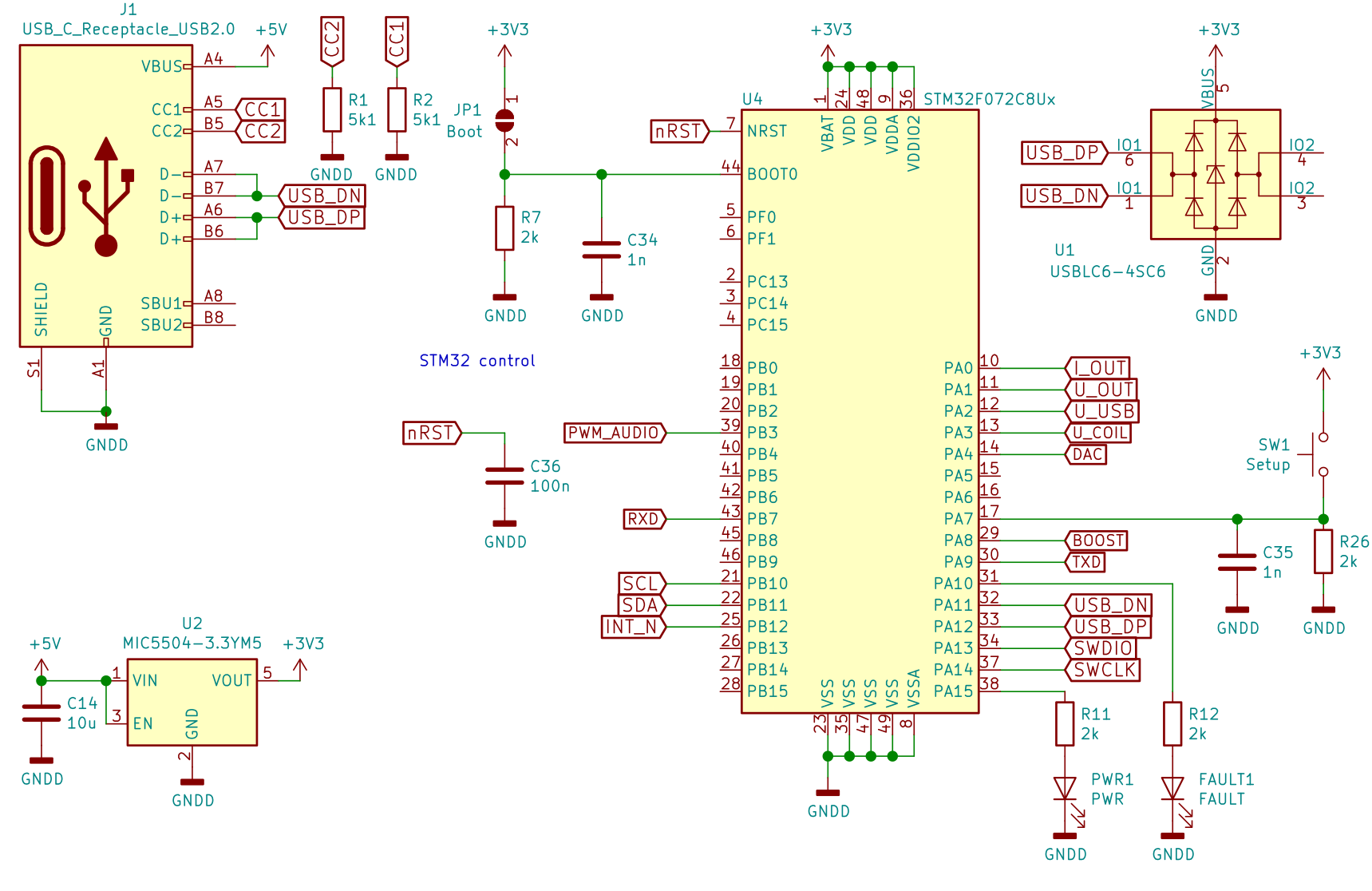

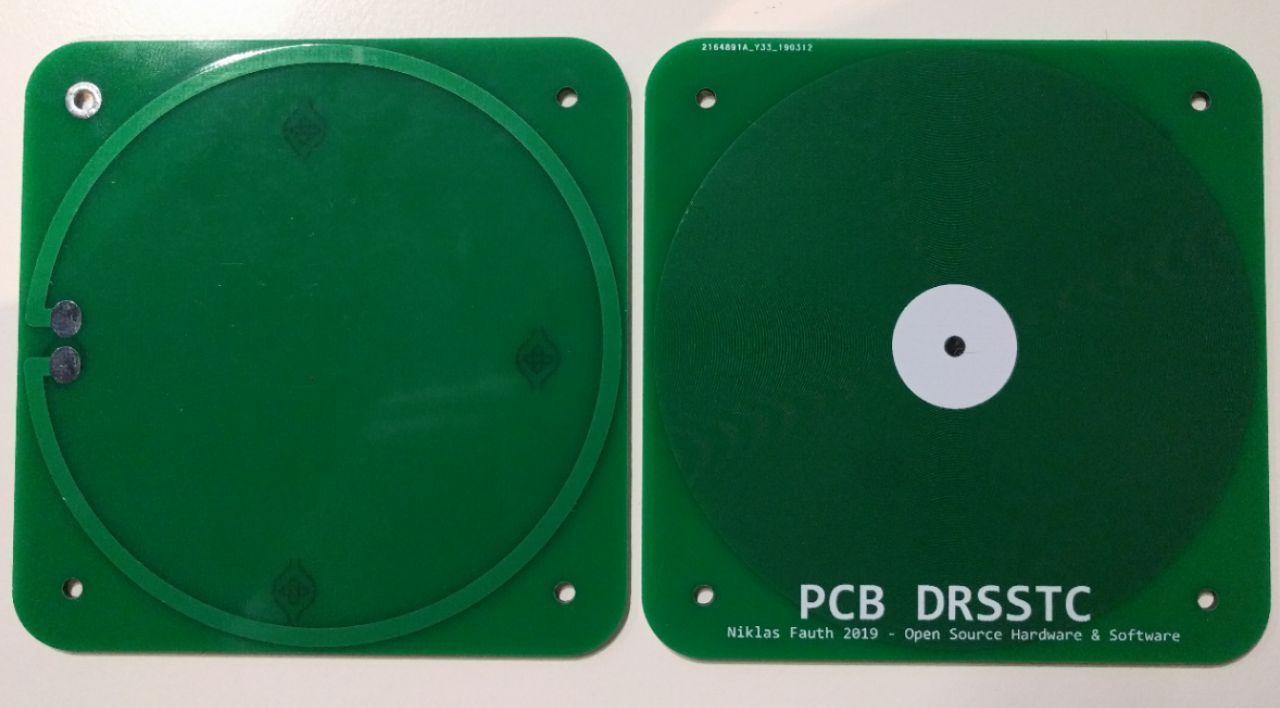
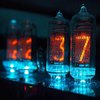



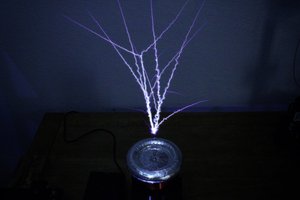
 Zach Armstrong
Zach Armstrong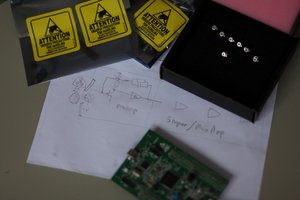
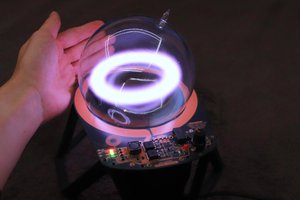
 sky-guided
sky-guided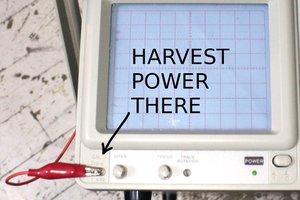
 Yann Guidon / YGDES
Yann Guidon / YGDES
I see you added some build instructions to github, and the version of the PCB in that is 1.7. Is that version checked in to github?